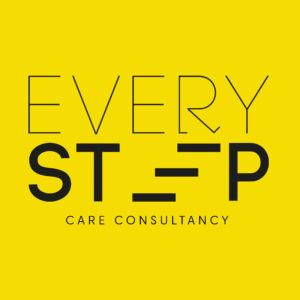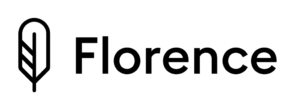By Steven, Chief Commercial Officer, QUIK-AI
A poor CQC inspection is difficult. But a safeguarding incident or Inadequate rating is catastrophic.
Independent analysis shows that a care home facing a safeguarding alert or Inadequate-grade inspection can expect to lose more than £106,000* in the following 12 months. The true cost comes from blocked admissions, enforced reliance on local authority placements at lower fees, staff churn, reputational damage, and recovery costs.
But here’s the hard truth: most of these failures don’t come as a shock. The warning signs were usually visible in the records long before the inspector arrived.
Carey AI exists to surface those signals and help providers act before incidents happen.
Prevention Is More Powerful Than Recovery
Most care providers already have a digital care planning system (CPS) in place. But these platforms weren’t built to proactively audit quality, consistency, or risk. They store data. They don’t scan it for patterns.
Carey AI plugs into your existing CPS and acts as an operational auditing and oversight tool. It looks at:
- What’s actually written in your care plans
- What’s missing from your daily logs
- Whether your audits, risk assessments, and interventions match the needs of the resident
Best of all, she can give examples on how you could improve that person’s care in a person-centred way
It doesn’t add another system. It sharpens the one you already use.
The Hidden Gaps That Lead to Catastrophic Outcomes
Most homes work tirelessly to document care. But even with good intent, overworked teams miss details, rely on memory, or duplicate entries. The risks are buried in plain sight:
- Falls recorded in logs but never escalated or updated in care plans
- Pressure risks identified, but no update made to repositioning schedules
- Fluid monitoring recorded inconsistently, with gaps that could be seen as neglect
- Wound care logged in a body map, but missing from the MAR chart or daily notes
Carey AI continuously audits your existing records, surfaces these inconsistencies, and alerts teams before they become patterns that inspectors or safeguarding teams discover.
Moreover, the detailed audits she provides can be seen by senior managers and others, removing the risk of homes developing “closed cultures”, that most often lead to safeguarding’s and where issues may not be visible to other personnel who do not work there permanently.
This isn’t retrospective analysis. It’s live, daily quality oversight and hugely increases transparency for your organisation
A Tool for Leaders and Frontline Teams Alike
Carey AI delivers:
- Daily risk reports that highlight specific residents, actions, and themes
- Audit insights showing where documentation is incomplete or contradictory
- Trend analysis across falls, nutrition, skin integrity, and behavioural issues
- Care plan quality prompts that provide examples to improve using SCIE/NICE-aligned templates
Managers use it to spot pressure points and lead better. Frontline teams use it to stay clear, compliant, and confident. Group personnel use it to ensure things are as they should be. Overall, service users win and businesses are more stable.
It’s the second set of eyes every overstretched team needs.
Final Thoughts: Be the Provider That Prevents the Crisis
Too often, homes wait until a crisis forces action. But the data is already there. The patterns already forming.
Carey AI turns that data into decisions.
It helps you fix the gap before the inspector sees it, before the incident becomes a safeguarding case, before you’re managing through crisis instead of leading through confidence.
Steven is the Chief Commercial Officer at QUIK-AI. Carey AI is used by care homes across the UK to provide daily operational audit, regulatory oversight, and quality improvement insights
You can find out more about Quik-AI but visiting their website here
* Estimated financial impact of a safeguarding incident or Inadequate rating (based on a 30-bed care home): £66,869 projected revenue loss due to reduced occupancy and lower-fee admissions during recovery. Additional costs of £39,500 include staff training, consultancy, agency cover, and insurance increases – bringing the total first-year impact to approximately £106,000.









